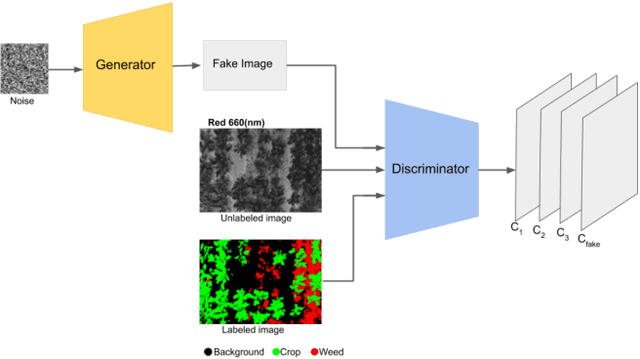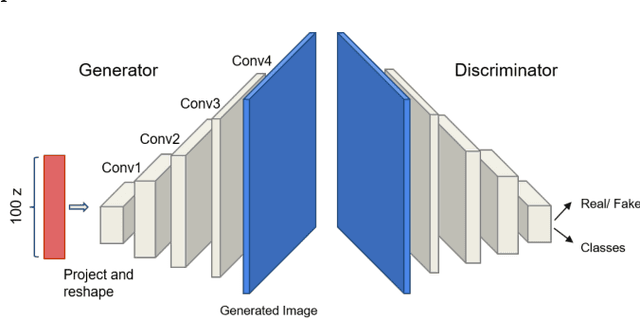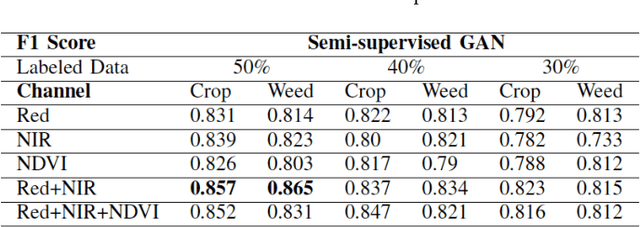Manzoor Razaak
Scene and Environment Monitoring Using Aerial Imagery and Deep Learning
Jun 06, 2019



Abstract:Unmanned Aerial vehicles (UAV) are a promising technology for smart farming related applications. Aerial monitoring of agriculture farms with UAV enables key decision-making pertaining to crop monitoring. Advancements in deep learning techniques have further enhanced the precision and reliability of aerial imagery based analysis. The capabilities to mount various kinds of sensors (RGB, spectral cameras) on UAV allows remote crop analysis applications such as vegetation classification and segmentation, crop counting, yield monitoring and prediction, crop mapping, weed detection, disease and nutrient deficiency detection and others. A significant amount of studies are found in the literature that explores UAV for smart farming applications. In this paper, a review of studies applying deep learning on UAV imagery for smart farming is presented. Based on the application, we have classified these studies into five major groups including: vegetation identification, classification and segmentation, crop counting and yield predictions, crop mapping, weed detection and crop disease and nutrient deficiency detection. An in depth critical analysis of each study is provided.
* 8
Semi-supervised GAN for Classification of Multispectral Imagery Acquired by UAVs
May 24, 2019


Abstract:Unmanned aerial vehicles (UAV) are used in precision agriculture (PA) to enable aerial monitoring of farmlands. Intelligent methods are required to pinpoint weed infestations and make optimal choice of pesticide. UAV can fly a multispectral camera and collect data. However, the classification of multispectral images using supervised machine learning algorithms such as convolutional neural networks (CNN) requires large amount of training data. This is a common drawback in deep learning we try to circumvent making use of a semi-supervised generative adversarial networks (GAN), providing a pixel-wise classification for all the acquired multispectral images. Our algorithm consists of a generator network that provides photo-realistic images as extra training data to a multi-class classifier, acting as a discriminator and trained on small amounts of labeled data. The performance of the proposed method is evaluated on the weedNet dataset consisting of multispectral crop and weed images collected by a micro aerial vehicle (MAV). The results by the proposed semi-supervised GAN achieves high classification accuracy and demonstrates the potential of GAN-based methods for the challenging task of multispectral image classification.
 Add to Chrome
Add to Chrome Add to Firefox
Add to Firefox Add to Edge
Add to Edge